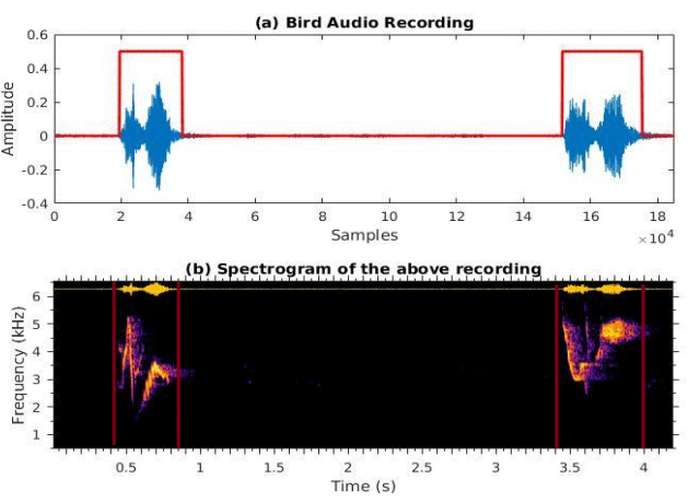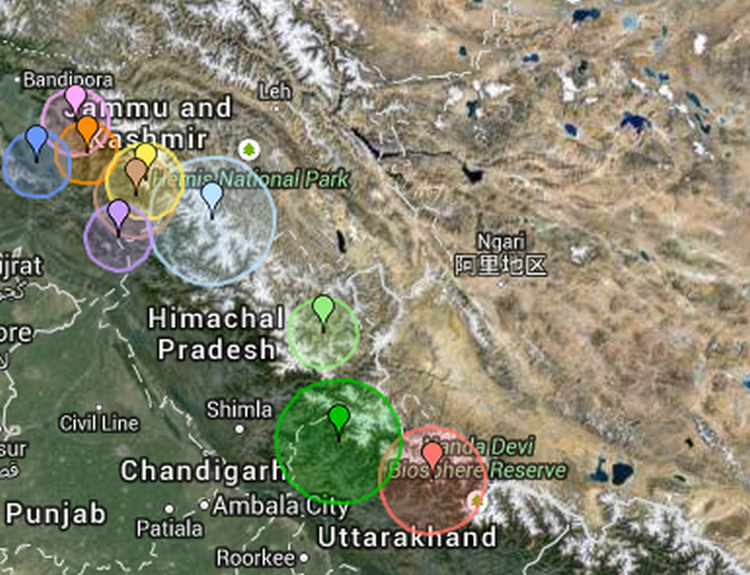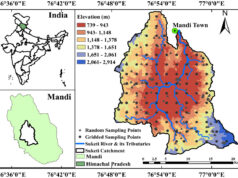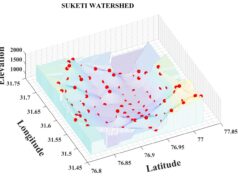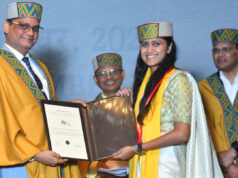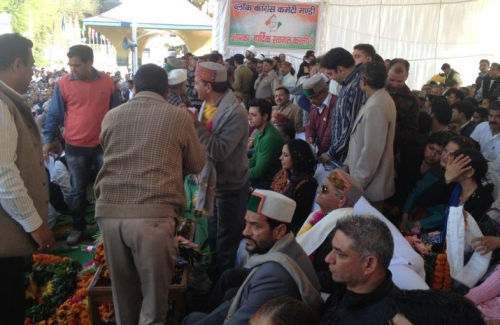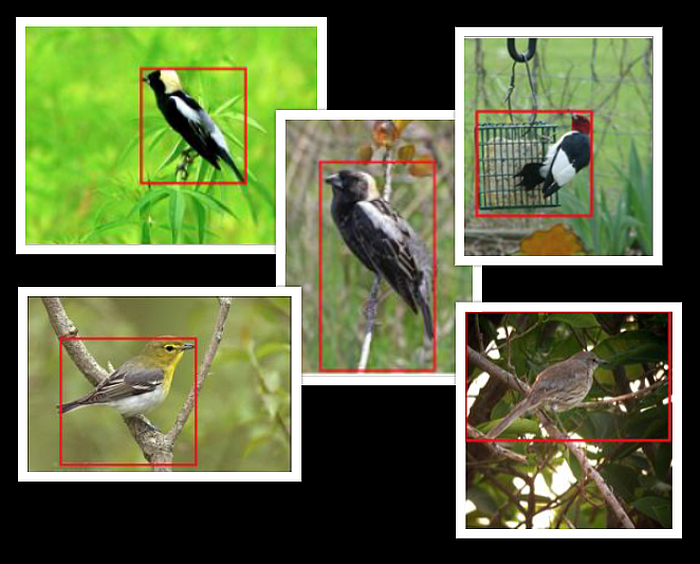
IIT-Mandi’s Bird Activity Detection system had, in March 2017, won judges award in a challenge organized by the Machine Listening Lab of Queen Mary University, London. The BAD framework was developed by the Multimedia Analytics and Systems (MAS) lab at the institute. The system displayed 95 percent accuracy in correctly identifying a bird sound after discriminating it from all other noises. The faculty members, Dr. Padmanabhan Rajan, Dr. Dileep A.D., and Dr. Arnav Bhavsar first started the development of algorithms to analyse data about bird species.
This system is based on acoustic monitoring of habitats. Birds are not always visible but they can be heard. The system is capable of automated acoustic monitoring. It implies that this algorithm can distinguish bird sounds from other unwanted noises and can analyze it to identify a match with existing set of data. Using signal processing and powerful discriminative classifiers, the system will analyses all the sounds recorded in a region. It cuts the human labor and time taken for monitoring otherwise. The system is quite crucial development considering the need to accurately monitor biodiversity in a world where bird/animal species are threatened due to human induced effects.
Birds play vital roles in the ecosystem and in the food chain. They are pollinators, keep population of insects under control, and help in plant dispersal. So, it’s the need of the time to working in conservation of these bird species.
The researchers at the institute want to extend their framework further to identify each species found in district Mandi or lower Himalayan region. The region is home to several bird species including endangered Griffon vulture. Accurate and efficient monitoring is directly proportional to awareness about effect of human activity on biodiversity.
But birds aren’t always hiding, singing or making sounds, and in this case the acoustic method fails to help. Therefore, these researchers are now working on a visual identification framework. So, the institute is working to develop visual algorithms along with expanding its existing BAD framework.
Sounds are captured using microphones, and images and videos using cameras. Then by using machine learning algorithms, specific tasks such as the automatic identification of birds etc. are performed. Machine learning algorithms try to mimic how humans learn, and are an active research field,
said an article based on research work.
In this method, regions with bird population are localized. The background is masked out to remove unwanted data. The bird regions are then given an identification algorithm. This algorithm will be able to distinguish birds species based on difference in traits or features of local birds. That means, the systems don’t get confused with non-native species and record data about local birds only. The entire process would require image processing, machine learning algorithms such as support vector machine and deep learning.
Identifying bird species, a small number of sounds, images or videos from several species are provided to the algorithm. Using techniques from signal processing, computer vision, statistics and optimization, the algorithm “learns” how to distinguish one species from another. Then, given a new sound, image or video, the algorithm is able to predict which species is present,
further explained the article.
The eventual aim of the researchers is to develop low-cost recording devices and a website to analyze and share data related to bird sounds. The institute is working on this project in collaboration with C-DAC Bangalore and IISER Tirupati.
The IIT-Mandi has provided Rs. 30 lakh as funding for the project while further funding was granted by DST-SERB.



